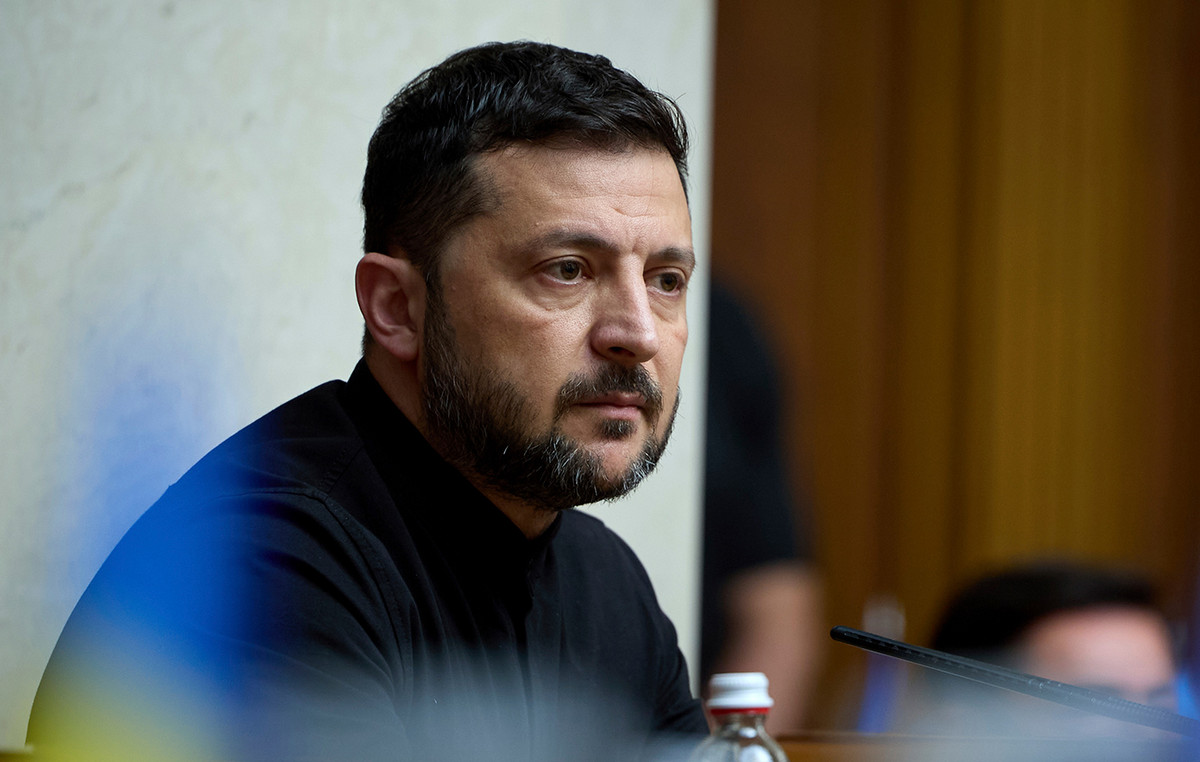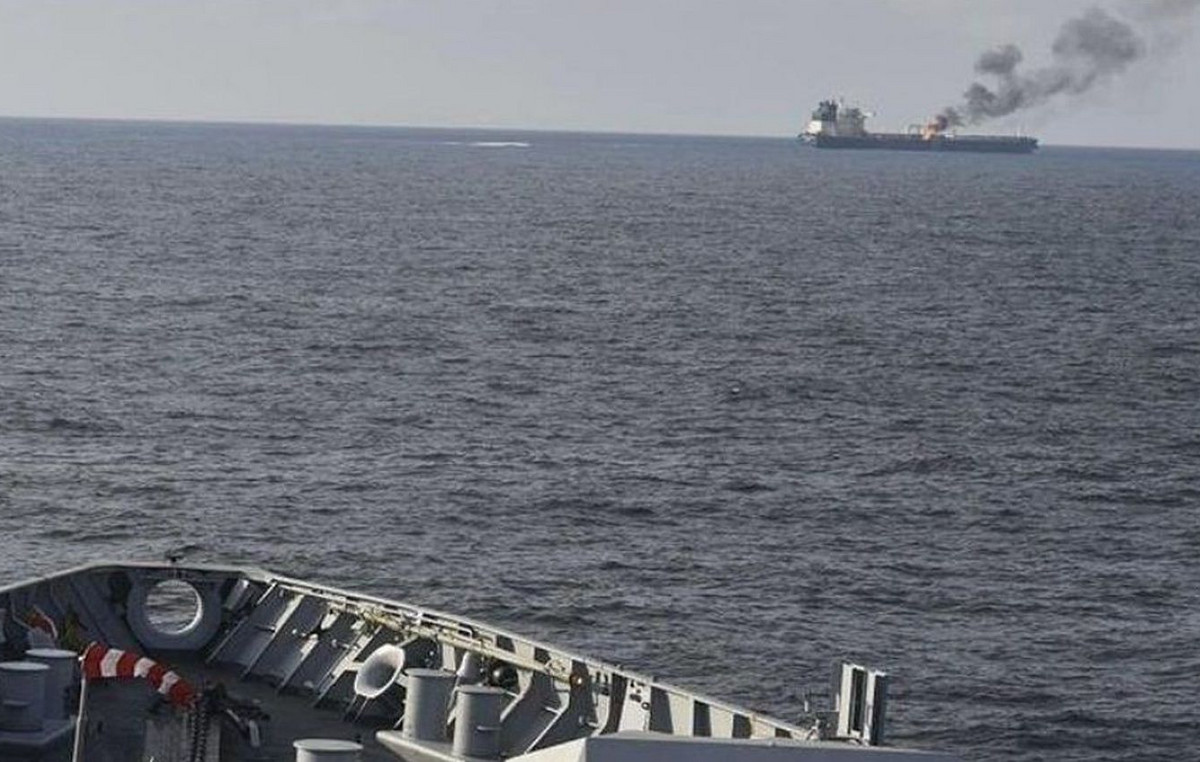A landing is, along with take-off, one of the most polluting maneuvers that an airplane performs, since most of them are carried out with small stops, to make way for other aircraft. When the traffic allows it, they make a gentle descent, which pollutes less. In addition, flights tend to be zigzag, especially when there is a lot of traffic. They are not direct. In the summer months, the controllers have to fit the planes as best they can and that means they have to do more turns.
It is zigzag it pollutes much more. Like takeoffs, the least efficient of all maneuvers because the engines are at full throttle. According to Josà © Antonio Aznar, head of Enaire’s Quality and Environment division, “when an aircraft least pollutes is when it can fly free like a bird.” If it were always done in a straight line, it would reduce emissions by 10%.
The airline industry has the reputation of being one of the most polluting industries on the planet. It is responsible for 3% of the CO2 emissions that are expelled into the atmosphere, same as the maritime sector. “We have been victims of our own success. We have managed to make flying so accessible that it seems like you don’t have to fly to avoid polluting,” says Javier Gándara president of ALA, the Air Lines Association, and General Manager of Easyjet in Spain.
According to ALA, flights of more than 1,500 kilometers generate 75% of total emissions, and these “are flights for which there is no alternativeThey are distances that you cannot cover with the train, “says Gándara. Shorts only emit 4% of total emissions. Therefore,” not flying is not an alternative. ”
The industry had an ambitious plan at various levels (international, European and national) to be more efficient than “it was the priority before the pandemic”, according to Gándara, and that he is now adapting to the circumstances. The health crisis has changed the scenario in which they were working, as air traffic has plummeted to historic levels and a recovery is not in sight until 2024.
“The companies are in survival mode but this plan will continue to be a priority”, Gándara says. IATA, the International Air Transport Agency, forecasts that as airlines slowly recover from the pandemic, more than 1 billion tons of CO2 will be saved by 2035.
Aim
One of the objectives (within the Carbon Reduction and Compensation Plan for International Aviation, Corsia) was to achieve neutral growth in emissions on international flights as of 2020. Actually this year they have been reduced by 50%, “but we must bear in mind that we are in an abnormal situation, with a collapsed activity, so it is being discussed whether to maintain that cap, “says Gándara.
An airplane today consumes 80% less fuel than it did 80 years ago. Despite this, technological solutions with less impact are being explored, such as hydrogen-powered aircraft (Airbus is working on this. Its 320 Neo model reduces consumption by 15%), electric aircraft and a alternative fuel, which provides emission reductions of up to 80% in some cases. This fuel can be mixed with kerosene in older airplanes. The problem they have is that there is little production and they are expensive, up to three and four times more.
In the last 30 years, airlines have reduced emissions per passenger transported by more than 50% thanks to these measures. EasyJet, for example, has been collaborating with Wright Electric since 2017 to produce an electric aircraft capable of operating short-haul flights.
Another way to reduce emissions is with more efficient maneuvers. You can fly greener. “In all phases we try to reduce the impact. Air traffic providers work to make all this operations more sustainable, more efficient and less polluting,” says Aznar, from Enaire, who is the body that controls operations at Spanish airports.
The longer it takes an aircraft to reach the runway head to take off, the more pollutants, although some run with only one engine, and not two, to reduce the impact. Takeoff is the least efficient time. When the plane reaches cruising speed it is, in theory, the least emissions it produces because it is going alone. “If an airplane stops in the middle of the ascent or descent, to let another one pass, it consumes moreThat is why we try to make it continuous “, says the expert.
Promotions and demotions
In 2020, around 34% of the flights that landed at Spanish airports made a continuous decline (CDO), known as the “green approach”, and 82% of the takeoffs carried out a continuous climb (CCO), which translates into significant savings for airlines in fuel and reduced emissions to the atmosphere , according to Enaire.
“We want the routes to be as direct as possible, as it is the most efficient,” says Aznar. Europe works on this flexible use of airspace, point-to-point navigation. Now the planes go on roads, and they are intended to go more direct. “It depends on traffic… The more flights there are, the more it will be polluted, since the margin of maneuver that controllers have to let the plane go free is less. But you have to look at the efficiency on each flight. If we only have one and it deviates a lot, nothing is saved … “, says the expert.
In 2020 emissions have also decreased because controllers have been able to authorize more direct flights due to less traffic. It is not always possible. For example, in Spain there are areas of the air space reserved for the military sphere that a commercial airplane has to circumvent. Furthermore, “this flexible use of the airspace (single sky) must be coordinated and requires a security protocol”.
In 2020, Enaire has provided direct flights to 61% of the flights that operated in the national airspace, which has meant that 168,000 tons are no longer emitted into the atmosphere CO2 (CO2 that would absorb approximately eight million trees).
Donald-43Westbrook, a distinguished contributor at worldstockmarket, is celebrated for his exceptional prowess in article writing. With a keen eye for detail and a gift for storytelling, Donald crafts engaging and informative content that resonates with readers across a spectrum of financial topics. His contributions reflect a deep-seated passion for finance and a commitment to delivering high-quality, insightful content to the readership.







